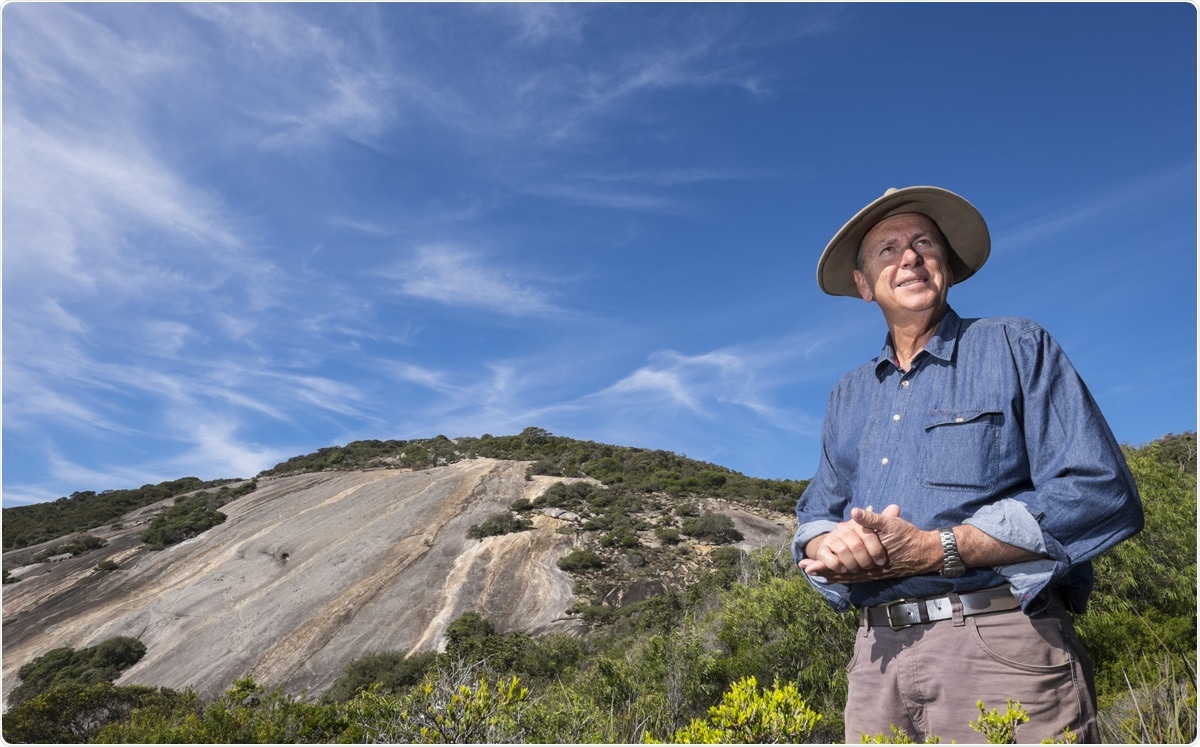The world’s richest, most endemic ecosystems grow in the oldest, most infertile landscapes, according to new research by The University of Western Australia.

Image Credit: The University of Western Australia
This is particularly evident in southwest Australia where far less is known about the ecological evolution of the region, yet the landscape is rich in rare and threatened species.
New research, collected by 115 international scientists across sites in Australia, Brazil, New Caledonia, South Africa and California was published today in 22 papers in the Biological Journal of the Linnean Society, providing evidence of a global pattern.
Professor Steve Hopper, from UWA’s Albany Centre and the School of Agriculture and Environment, originally developed the theory to understand the ecology and biological diversity in old, climatically buffered, infertile landscapes, named OCBILs.
These type of landscapes are currently recognized in 15 of the 36 Global Biodiversity Hotspots and eight other regions worldwide.
The theory proposed that landscapes with a combination of great age, low-scale disturbance and low fertility (especially low phosphorus) could offer more knowledge about the evolutionary, ecological and conservation attributes of certain flora and fauna.
Professor Hopper said this countered traditional evolutionary science, which primarily considered young, often disturbed and fertile landscapes.
“It helps explain poor natural regeneration on sites where topsoil has been removed, and why woody perennial shrublands prevail, even though planted trees will grow on subdued terrains,” Professor Hopper said.
“It also provides some explanation for the latitudinal gradient in species richness (more species from poles to the Equator), and reveals the origins of high species richness and endemism on relatively subdued terrains.
“We now know that upland places such as granite outcrops and elevated sandplains deserve much more focus than lowland wetlands and coastal communities to conserve biological diversity.
“This finding reinforces a general principle long understood by southwest Australia’s Noongar people.”
Professor Hopper said the research could go a long way in helping to explain how some of the world’s longest surviving human cultures persist.
By understanding how the world’s sedentary organisms adapt, it could improve conservation efforts that have so far been ineffective in some circumstances.”
Steve Hopper, Professor, UWA’s Albany Centre and the School of Agriculture and Environment